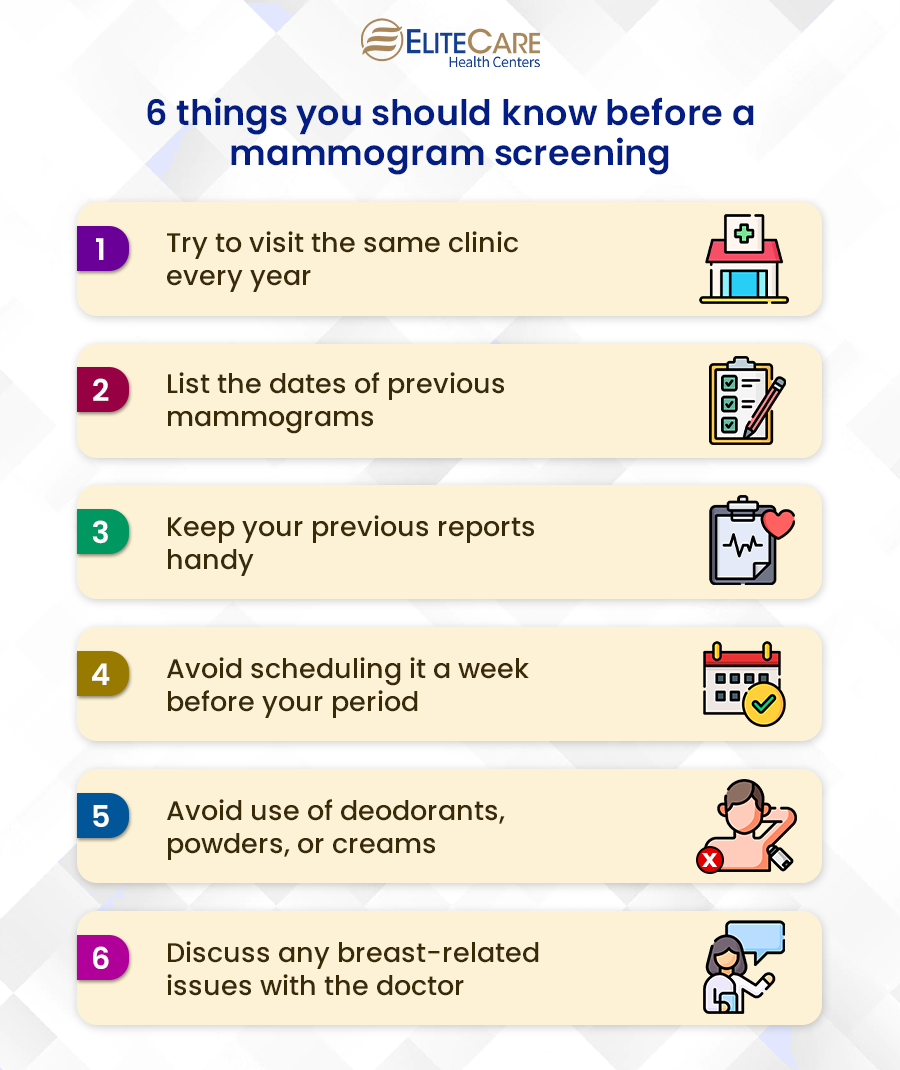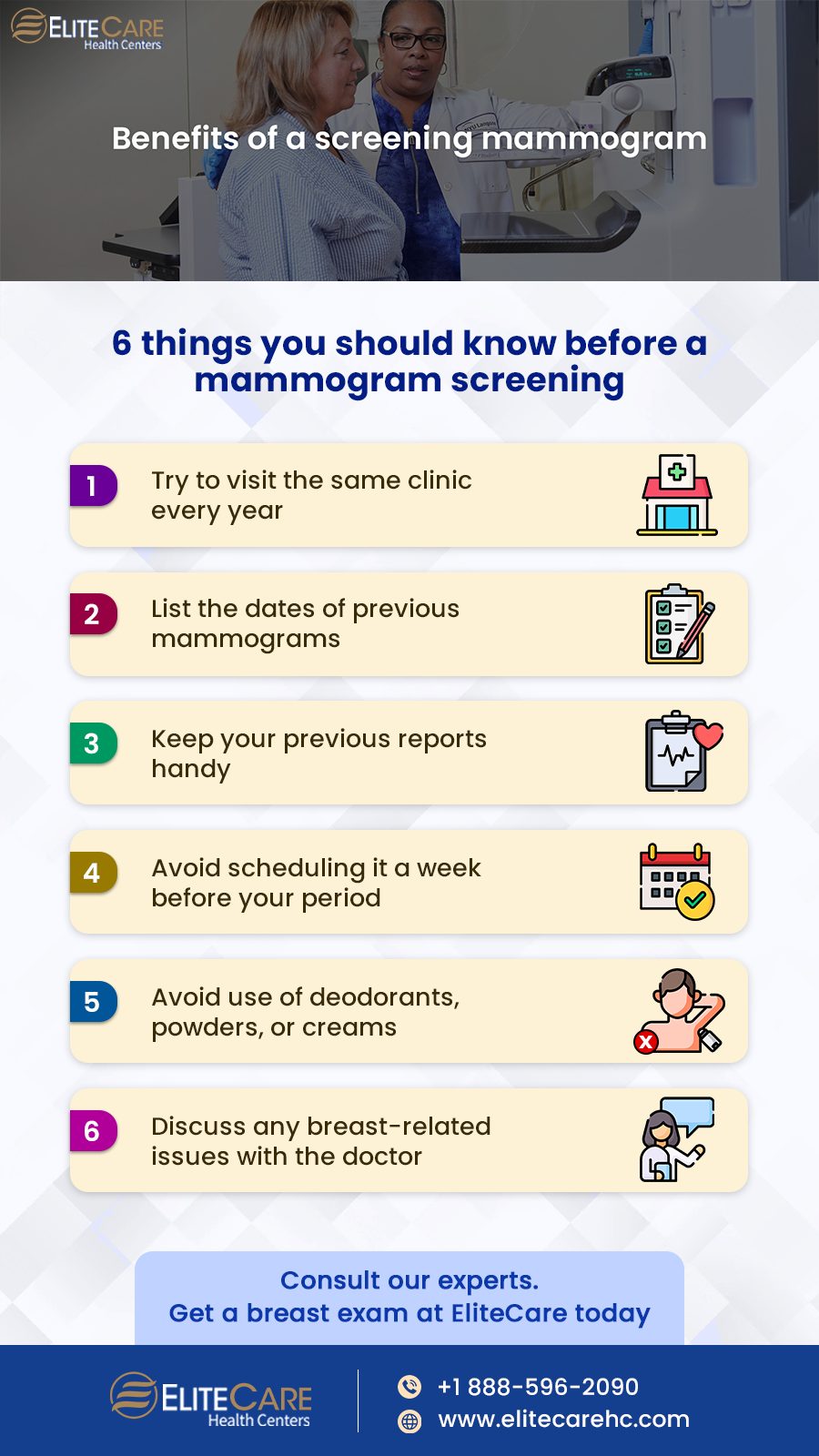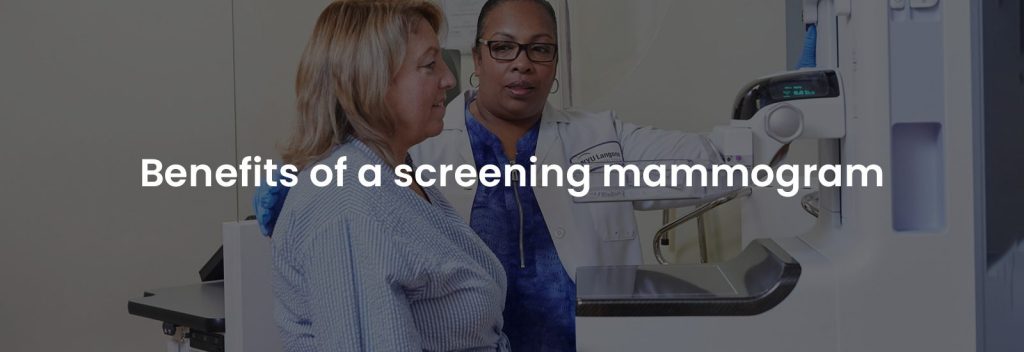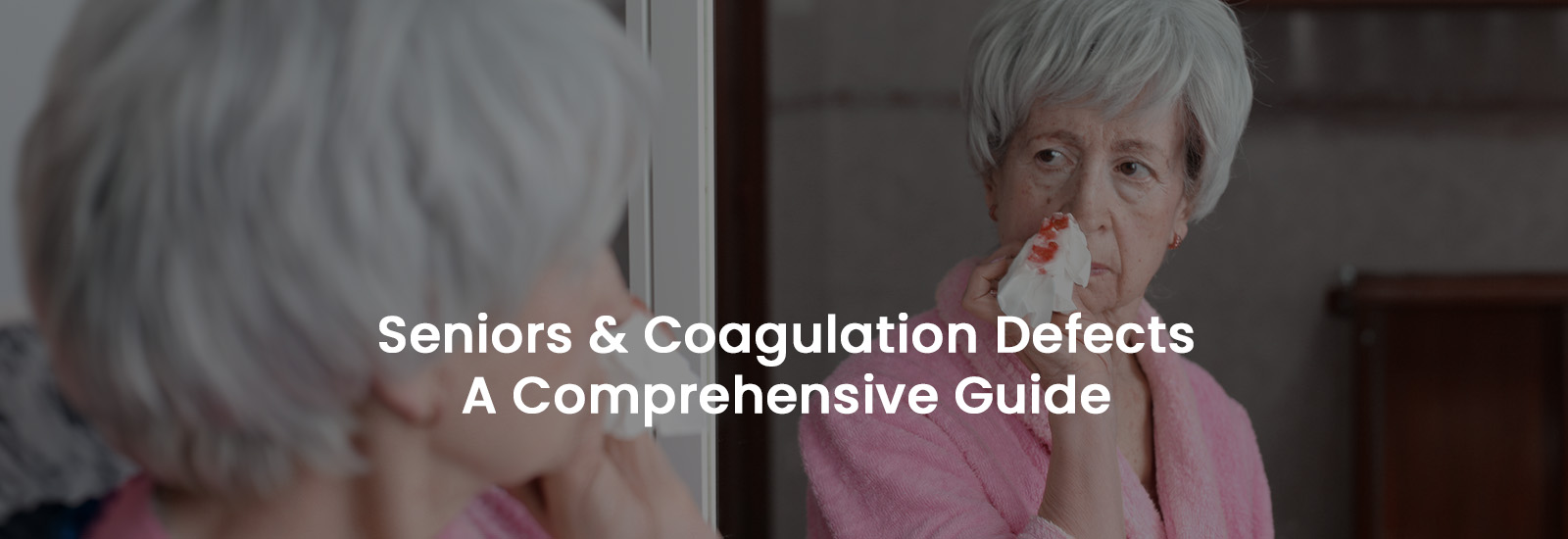
Breast cancer is one of the most common types of cancer among women in the United States. Research reveals that senior women (aged on average 62 years) are more prone to breast cancer than other age groups. But there’s also hope. Breast cancer diagnosed in older women tends to grow slowly and is treatable.
It is critical to understand the need for a mammogram screening to prevent and detect the disease as increased awareness and screening have reduced the percentage of breast cancer patients over the decades in the US.
What is a mammogram?
A mammogram is an x-ray image of the breasts that radiologists look at for early indications of breast cancer. Women typically have routine mammograms for early cancer diagnosis.
In certain cases, doctors can spot cancer up to three years before a physical breast exam would reveal it. However, a mammogram screening alone cannot determine whether a suspicious area is cancerous, it is confirmed with the help of a biopsy.
Read More: Top 10 screenings for Women
What are the different types of mammograms?
Screening mammograms and diagnostic mammograms are the two types of mammograms – both diagnostic and screening mammograms can be 2D (conventional) or 3D (breast tomosynthesis) scans.
Screening mammography looks for breast cancer even if there are no symptoms of illness or disease at present. This mammography also identifies microscopic calcifications or hidden cancers that cannot be felt during a routine breast check.
In diagnostic mammography, patients who exhibit symptoms of the disease are screened for breast cancer. A diagnostic mammogram uses more X-rays than a screening mammogram and typically takes longer (10-15 mins). Patients undergo diagnostic mammography when the screening mammography fails to produce clear images of the breast tissue. Women who need periodic follow-up exams after receiving breast cancer treatment are also prescribed a diagnostic mammography.
Why choose a 3D mammogram over 2D?
The American Society of Breast Surgeons recommends 3-D mammograms for women 65 and older, 3-D mammograms are preferred over 2-D mammograms because 3-D mammograms produce fewer false positives.
During a 2D mammogram, two pictures are typically taken of each breast—one from the side and one from above. However, in a 3D mammography, multiple images of the breast are captured from various angles and the photos are combined by a computer to produce a 3D image of the breast, which will allow medical professionals to see the breast tissue more clearly.
Abnormalities are more likely to go unnoticed because the radiologist may find it challenging to interpret the image of the overlying tissue. However, in a 3-D mammogram, multiple images of each breast are taken to create a 3-D image. Thus, the radiologist may check the images and easily spot anomalies.
Read More: What to expect from an annual physical exam
When should you start getting mammograms?

According to USPSTF, women over 50 should get biennial screening (once every two years) mammography till the age of 75. While the choice to begin mammography screening in women before age 50 should be made on an individual basis. Between the ages of 40 and 49, women may decide to start biennial screening if they prioritize the potential benefits of the screening over the potential risks. However, if you have a family history of cancer or you are considered high-risk, your doctor may recommend mammogram screening from a young age.
Here’s a checklist to go through before getting a mammogram screening:
- Visit the same clinic for an easy year-to-year comparison of your mammograms.
- Make a list of the places and dates of any previous mammograms, biopsies, or other breast procedures if you are visiting a new clinic.
- Schedule your mammogram for when your breasts aren’t likely to be sore or swollen. Avoid scheduling it a week before your period to reduce discomfort and get clearer images.
- Do not apply deodorants, antiperspirants, powders, lotions, creams, or perfumes beneath your arms or on or under your breasts on the exam day. On x-rays, some of these elements can appear as white spots.
- Before having a mammogram, discuss any recent changes or issues with your breasts with your doctor. (If you have symptoms, you might need diagnostic mammography so that the specific area can be analyzed closely.)
Are there any risks associated with mammograms?
- Exposed to very low dosages of radiation
- Chances of false positives and negatives
- Screening mammography may not always detect cancer
Compared to a typical chest X-ray, mammograms emit much less radiation and since the dosage is low, there are no measurable indications that it would result in cancer. Although the procedure itself carries a very low risk, patients can receive false positive or false negative results, where abnormalities may appear to be cancerous even though they are not.
False-negative results occur when cancer is not found during the test but is present in the body. Mammograms generally have no serious adverse effects, except for a little post-exam tenderness in the breasts.
Read More: Prepare Yourself for Your Annual Physical Examination
Conclusions
The risk of breast cancer increases as women age. Hence It is important to routinely screen for breast cancer with high-quality screening mammograms. Early detection of breast cancer can help with treatment and prognosis. Without a proper schedule of screening mammograms.
Since all breast cancers are not detectable through mammography, it is crucial to have additional clinical breast exams during your yearly women’s wellness exam by a healthcare professional.






